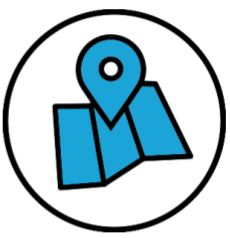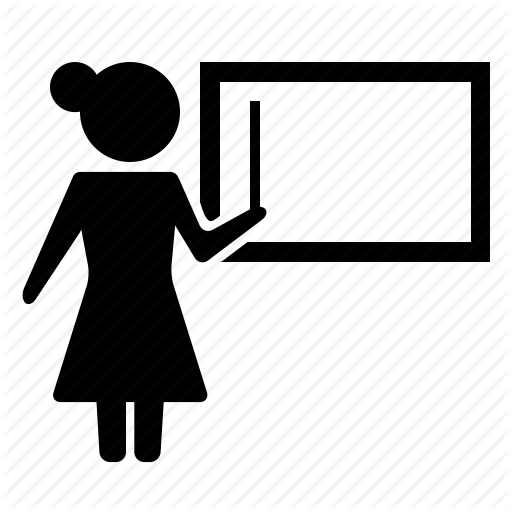Measurement in the time of COVID-19
 In the space of weeks, countless community-based organizations have had to shift what they are doing while being faced with reduced staff hours, fewer volunteers, disruptions to revenue, social distancing restrictions and other constraints. Yet the demand and need for many services that non-profits and social enterprises deliver are high. New needs are emerging, and many programs are being introduced. Across the community – in h
In the space of weeks, countless community-based organizations have had to shift what they are doing while being faced with reduced staff hours, fewer volunteers, disruptions to revenue, social distancing restrictions and other constraints. Yet the demand and need for many services that non-profits and social enterprises deliver are high. New needs are emerging, and many programs are being introduced. Across the community – in h

 By planning your intended change, you’re breaking down the big, awesome visionary change that is very challenging to measure, into more immediate and visible steps. In this way, impact measurement is more possible and useful. It’s also about breaking out what you can influence and then making the link between that and the bolder, systems-level change that you seek.
By planning your intended change, you’re breaking down the big, awesome visionary change that is very challenging to measure, into more immediate and visible steps. In this way, impact measurement is more possible and useful. It’s also about breaking out what you can influence and then making the link between that and the bolder, systems-level change that you seek.
 Earlier this year, I was invited to lecture about impact measurement for a number of different social enterprise-related classes, both as part of academic programs and incubators. While I mostly stayed fairly practical, 'academic-lite', I thought it would be useful to give an overview of what the field of impact measurement looks like and the options and tools out there.
Earlier this year, I was invited to lecture about impact measurement for a number of different social enterprise-related classes, both as part of academic programs and incubators. While I mostly stayed fairly practical, 'academic-lite', I thought it would be useful to give an overview of what the field of impact measurement looks like and the options and tools out there. In a recent blog, I described some work that Vancity Community Foundation had led to develop a societal cost calculator for work integration social enterprises (WISE) in Vancouver. Another aspect of the project, was to develop a shared impact map and indicators. While individual social enterprises within Vancouver differ in the goods and services they produce and the way in which they engage individuals who are marginalized, they are
In a recent blog, I described some work that Vancity Community Foundation had led to develop a societal cost calculator for work integration social enterprises (WISE) in Vancouver. Another aspect of the project, was to develop a shared impact map and indicators. While individual social enterprises within Vancouver differ in the goods and services they produce and the way in which they engage individuals who are marginalized, they are
